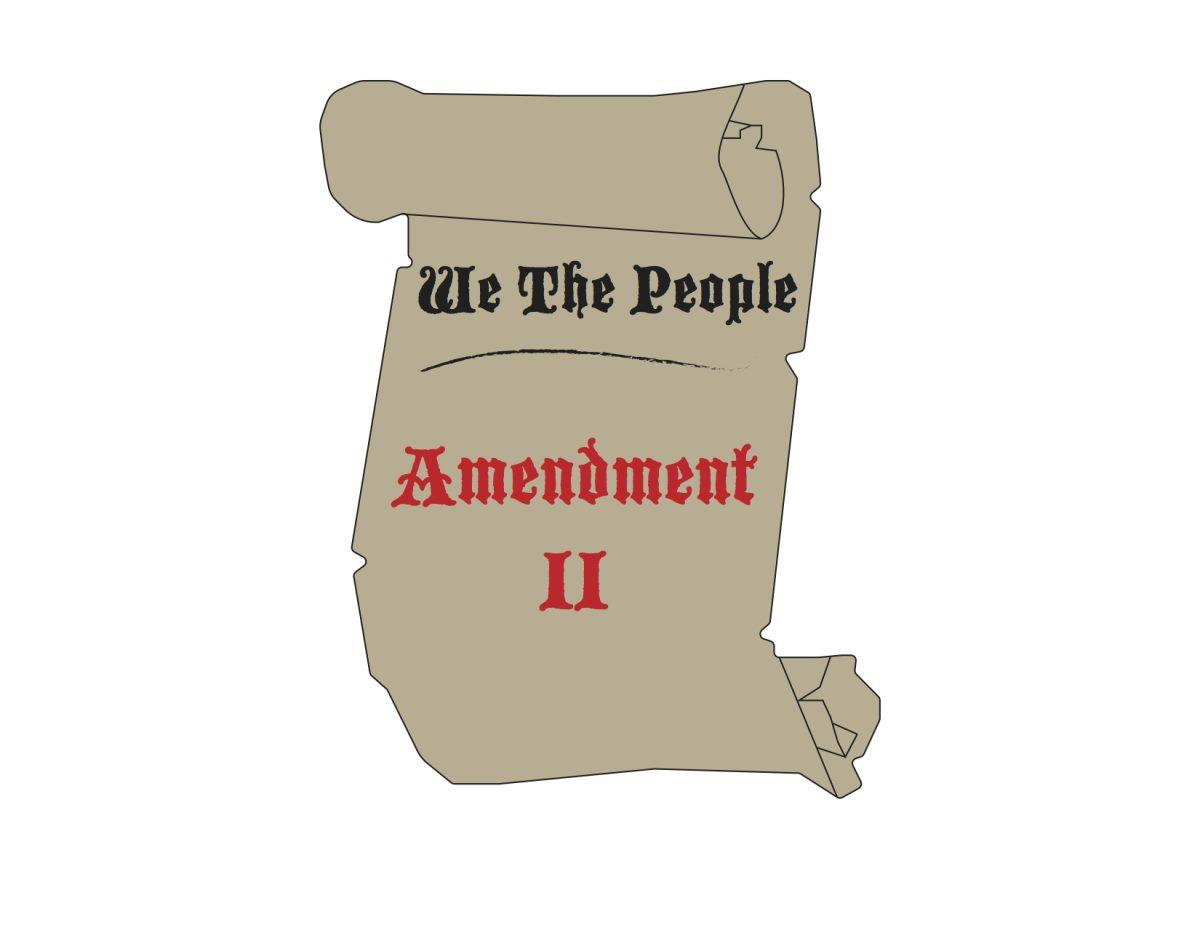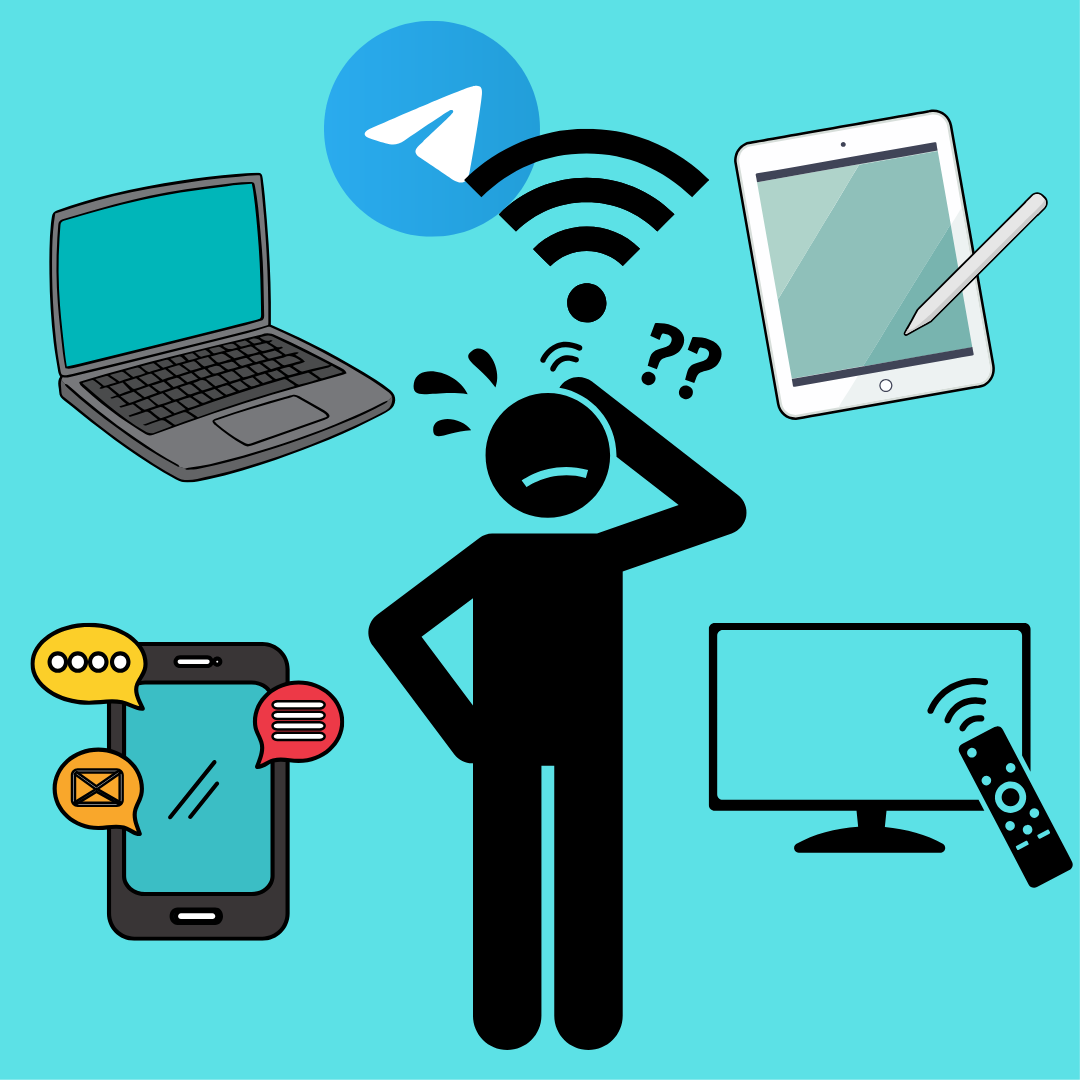A look at tragedies like the Las Vegas shooting
Our country faced the most horrific and deadly mass shooting in American history on Oct. 1, with many of us watching it unfold through news updates and Twitter feeds. Glued to our phones, we watched and lamented as the number of injuries and deaths grew. We felt the same heartbreak that we felt for Sandy Hook, Pulse nightclub and the far too frequent university campus shootings. The Las Vegas shooting left our country in shock and fear. We became instantly divided. Without allowing time to mourn, the discussion quickly developed into left versus right: no guns versus guns. Americans, now more than ever, are passionate for change. We want an end to gun violence but cannot seem to agree on the root of the problem.
Whenever there is tragedy, there has to be someone or something to blame. In the aftermath of the concert shooting, Americans showed solidarity by immediately making accusations. Many spoke out against the right to bear arms, stating the dangers of gun violence and pointing fingers at those in disagreement. As much as I would love to live in a world where personal safety doesn’t mean carrying a gun, I know that eradicating the Second Amendment will never be the complete solution.
As Americans, we need to look deeper and acknowledge our broken system. For many of us, our perception of tragedy exists only within our television screens, running across a news headline and a few censored flashes of horror and carnage before cutting back to a reporter spewing speculations. We can press the power off button at any time, and the misfortune is no longer in our reality. We shake off the sadness because there is no direct impact on us; we move on with our day. We value this control; the ability to shield and protect our fragile sense of certainty.
Perhaps this is why we have grown so accustomed to devastation. With each broadcast of violence, our reality is distorted and our reactions become anesthetized. However, so easily and so often, we can be robbed of this control. We hide behind our ability to shut it all out, denying that it could ever happen to us. In fact, it doesn’t matter because it didn’t happen to us. We didn’t push for change when we saw innocent children die in Sandy Hook or young adults at Pulse nightclub; when will it hurt us enough to make a difference?
If, for the sake of the argument, we were to agree with the classic saying “guns don’t kill people, people with guns kill people,” then why aren’t we doing more to help the people? Why aren’t we discussing the undeniable stigma around mental illness, especially among Americans? Around one-in-five adults in the United States, 43.8 million, or 18.5 percent, are diagnosed with a mental illness each year, according to the National Alliance on Mental Illness. Your neighbor, your friend or the girl who bags your groceries could be affected. Left untreated and unsupported, the damage is likely to be irreversible. We absolutely need to do more.
Our first step to preventing gun violence is to provide a better support system for those with mental illnesses. We need to encourage positivity and growth instead of questioning the legitimacy of someone’s malady. By creating a society that is accepting of mental illness and takes it seriously, we can value everyone’s health and well-being, which would be the first step to decreasing violence.
On the other hand, the issue of whether or not to reverse the Second Amendment is still difficult to solve. While it is true that the United States has more guns than any other country, it does not necessarily mean that we are any safer. Many Americans believe that guns are for protection, yet America has the highest number of firearm homicides in the developed world, according to Foreign Policy, a magazine that covers global issues.
While I would never want to strip a person of his or her right to protection, I cannot help but think of all the situations wherein a gun could do more harm than good. I think of all of those who would abuse their right to carry and take innocent lives. I think of those who may be easily frightened and tempted to fire without fully assessing the situation.
I imagine the issue of the Second Amendment reversal like a kindergarten classroom. If one kindergartener uses the gym kickball to kick at another kindergartener’s face to hurt him, then the whole class may lose their kickball privileges. Of course, it isn’t fair, but that is how we learn. Sometimes the whole must suffer the consequences from the actions of the few.
Though it may seem unfair to take away guns from law-abiding Americans, it may be a step to ending the abuse of firearms and gun violence in our country.















































